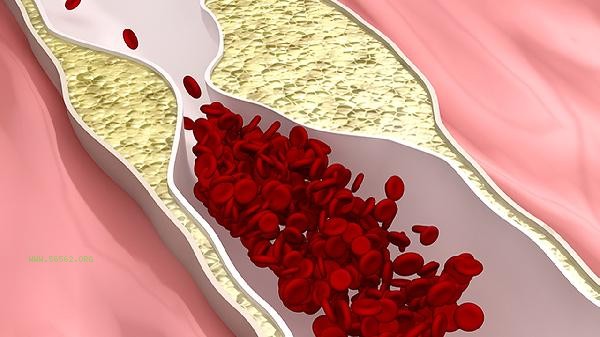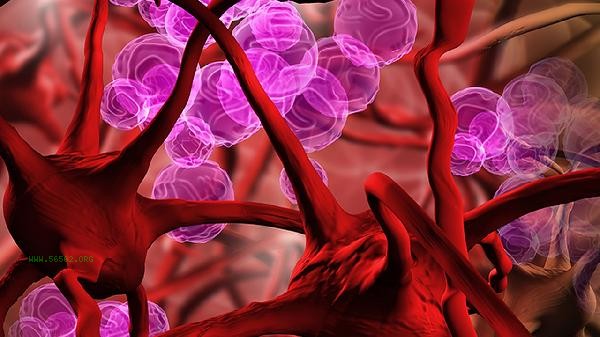A low eosinophil ratio usually indicates immune suppression or acute infection status, which may be caused by factors such as glucocorticoid use, stress response, acute bacterial infection, viral infection, and allergy relief period.

1. Corticosteroid effects:
Elevated exogenous or endogenous glucocorticoids directly inhibit eosinophil production and release. Long term use of drugs such as prednisone and Cushing's syndrome patients often result in a decrease in this indicator, usually accompanied by an increase in neutrophil ratio. It is necessary to make a comprehensive judgment based on medication history and cortisol levels.
2. Acute stress response: During severe trauma, surgery, or mental stress, the body secretes a large amount of stress hormones through the hypothalamic pituitary adrenal axis, causing eosinophils to migrate from peripheral blood to tissues. This phenomenon is mostly transient and can recover on its own within 2-3 days after the stressor is eliminated.
3. Acute phase of bacterial infection:
During acute infections such as pyogenic streptococcus and Staphylococcus aureus, the proportion of neutrophils rapidly increases and squeezes eosinophils. Patients often have fever and elevated C-reactive protein, and it is necessary to use antibiotics specifically after identifying the pathogen through blood culture.

4. Virus infection inhibition:
Influenza virus, EB virus and other infections can inhibit bone marrow hematopoietic function, leading to a decrease in absolute eosinophil count. This type of situation is often accompanied by an increase in the proportion of lymphocytes, and virus antibody testing can assist in diagnosis. Generally, the course of the disease gradually recovers after 2 weeks.
5. Relief of allergy symptoms:
Allergic rhinitis, asthma and other diseases may experience a temporary decrease in eosinophil ratio during the symptom relief period. This is related to a decrease in histamine release from mast cells, but it should be distinguished from the use of bronchodilators or antihistamines.
When abnormal eosinophil ratio is found, comprehensive evaluation should be conducted in combination with total white blood cell count and other classification indicators. It is recommended to improve the detection of inflammatory indicators such as C-reactive protein and procalcitonin, and if necessary, perform bone marrow puncture to rule out hematological diseases. Daily attention should be paid to recording temperature changes, observing the tendency of skin and mucosal bleeding, and avoiding the unauthorized use of immune regulating drugs. Maintaining a balanced diet and supplementing with moderate amounts of vitamin B6 and zinc can help maintain hematopoietic function, but nutritional interventions should be carried out under the guidance of a doctor.









Comments (0)
Leave a Comment
No comments yet
Be the first to share your thoughts!